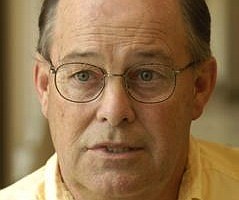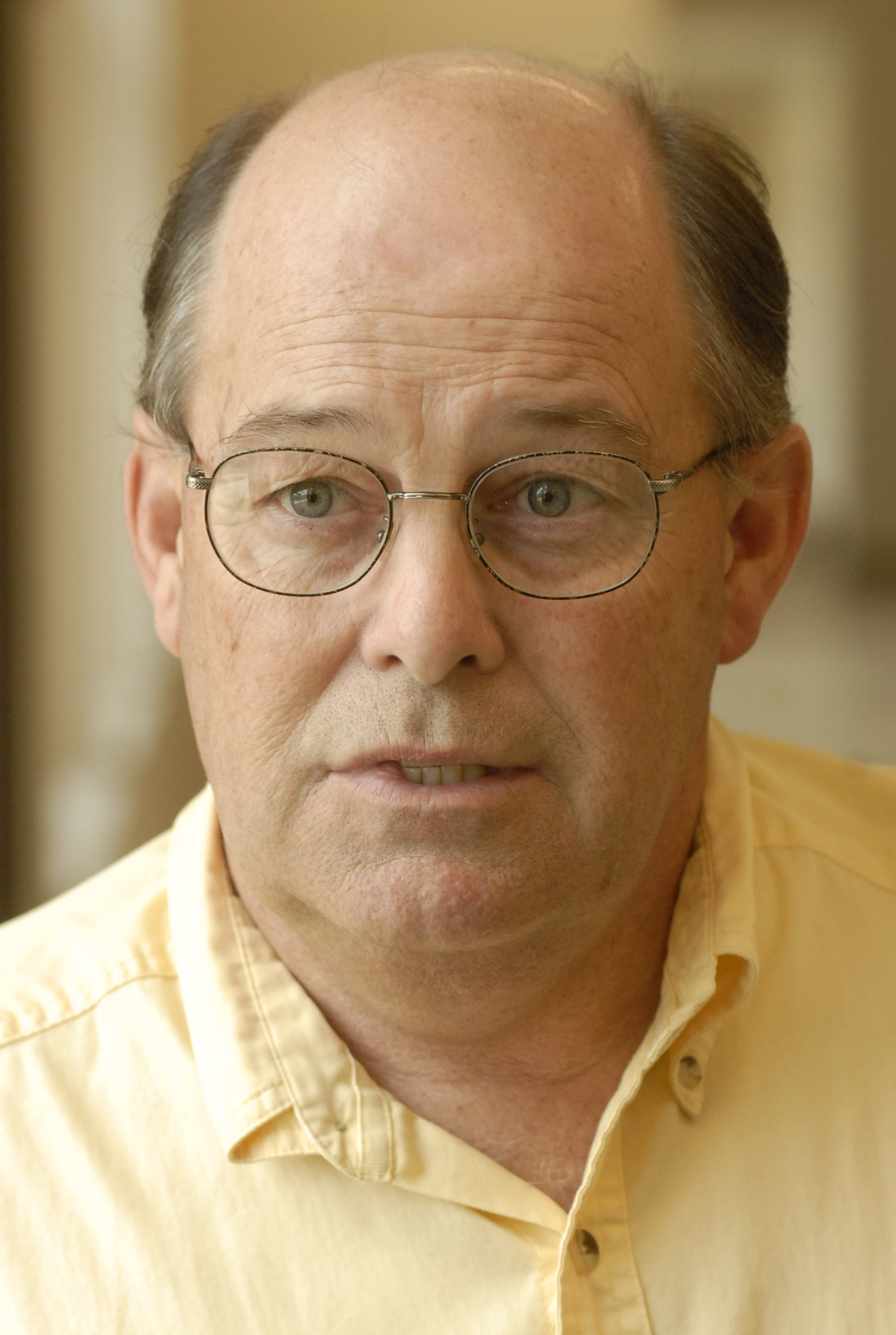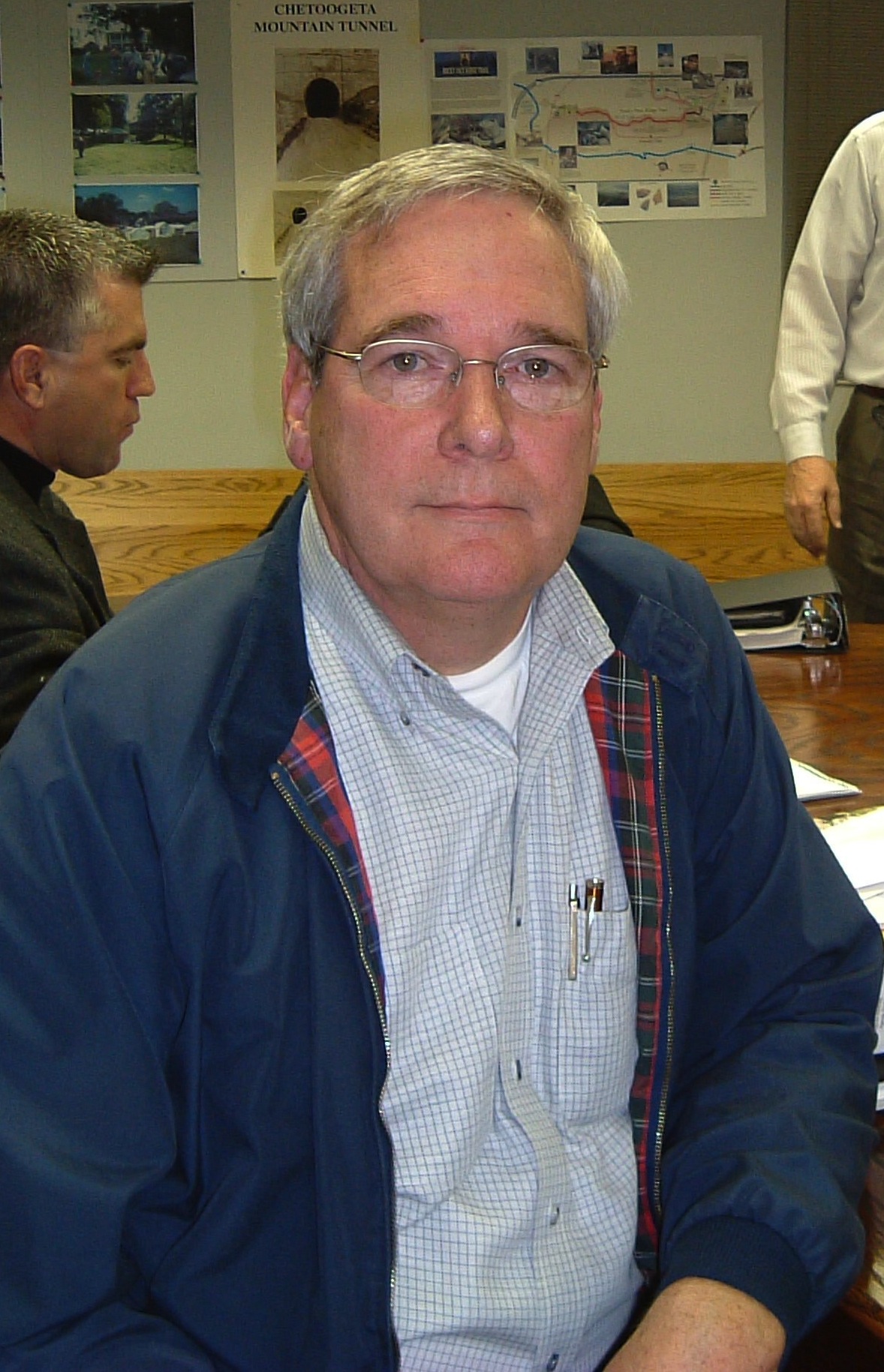Georgia counties bicker on road funds
Friday, January 1, 1904
FUNDING BREAKDOWNCounty / Discretionary funding / Project funding / Projected sales tax based on 2010 numbersCatoosa County / $19.9 million / $50 million / $85.3 millionChattooga / $21.6 million / $8 million / $23.6 millionDade / $10.4 million / $26.5 million / $22.5 millionGordon / $24.3 million / $60.9 million / $83.2 millionMurray / $17.2 million / $26.7 million / $41.8 millionWalker / $29.8 million / $23.4 million / $52.7 millionWhitfield / $37.3 million / $124.3 million / $169.7 million* Preliminary list of funding over 10-year period. Numbers are estimates.
ROME, Ga. - What was supposed to be a meeting to finalize a list of transportation projects for the 15-county Northwest Georgia region turned into five hours of political horse trading as members of an executive committee tried to secure more funding for their counties.
Dozens of projects were added, but only a handful were removed from the list that has to be presented on Aug. 15 to the full 30-member Georgia Department of Transportation's Round Table for Northwest Georgia. In the end, the project list was almost $50 million over budget, while officials still expressed dissatisfaction over how the money was divided.
"I don't think you can even sell it to the round table, much less the voters. We can't even agree on it," said Bartow County Sole Commissioner Clarence Brown. "Unless you have some kind of formula backing up (the division of projects), this isn't going to work."
Catoosa, Chattooga, Murray, Whitfield and Walker counties all saw projects added to their lists, but Catoosa and Whitfield counties will contribute more money to the 10-year, 1 percent sales tax than they will receive in funding.
The tax, slated for a vote in July 2012, would bring in about $1.3 billion for the 15-county area. The Georgia Legislature voted to hold the referendum after transportation officials said there wasn't enough money in the state fund to meet transportation needs.
One-quarter of the money will go to counties for discretionary use such as paving roads or helping with county transportation budgets, while the rest will be divided for specific projects.
When the five-member committee first began negotiations, each county chose their top four projects to be added to the list. Southern counties such as Floyd, Polk and Bartow had larger projects, so they received the lion's share of the funding. Smaller counties complained the funding was unfair, making it impossible to get voters to pass such a lopsided division.
During Tuesday's meeting in Rome, transportation department officials brought in a chart that showed how much each county would receive compared to its population and the amount of sales tax raised. The numbers gave counties a bargaining tool.
"Some of us will be donor counties -- we kind of expect that," said Whitfield County Commission Chairman Mike Babb. "But we need a fair distribution of the gain and the pain."
The county comparison wasn't fair, Floyd County Commission Chairman Eddie Lumsden insisted. Lumsden is not on the executive committee, but attended the meeting.
Lumsden said the projects in Floyd County benefit several counties, but the committee made it look as though only Floyd County will receive the money.
"The major projects are the ones that are really important," he said. "They will benefit the whole region."
Dade County Executive Ted Rumley had little to say during the debate, saying the selling point for rural counties such as Dade, Chattooga, Murray and Walker will be the discretionary money. That money is divided on a formula calculating 4/5 of a county's roads and 1/5 of its population. The money also can be spent for a wide range of projects or county employees, so long as they are in the transportation sector.
"I'm not saying it is going to be easy to sell to the voters, but I think the best selling point is the discretionary money," he said.
The committee will meet again Aug. 11. The full roundtable must approve a completed document by Oct. 15 for the list to go to a vote.


